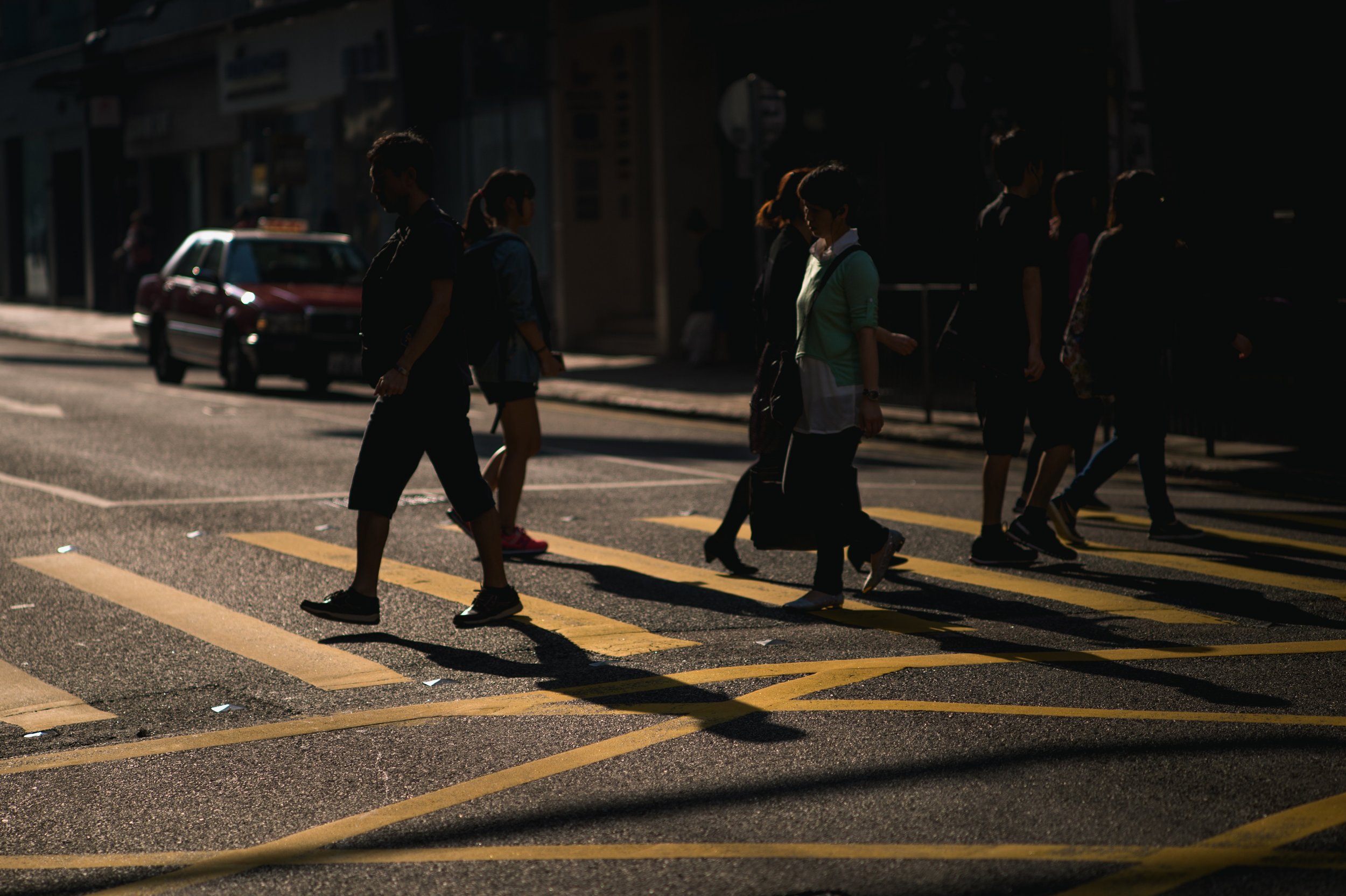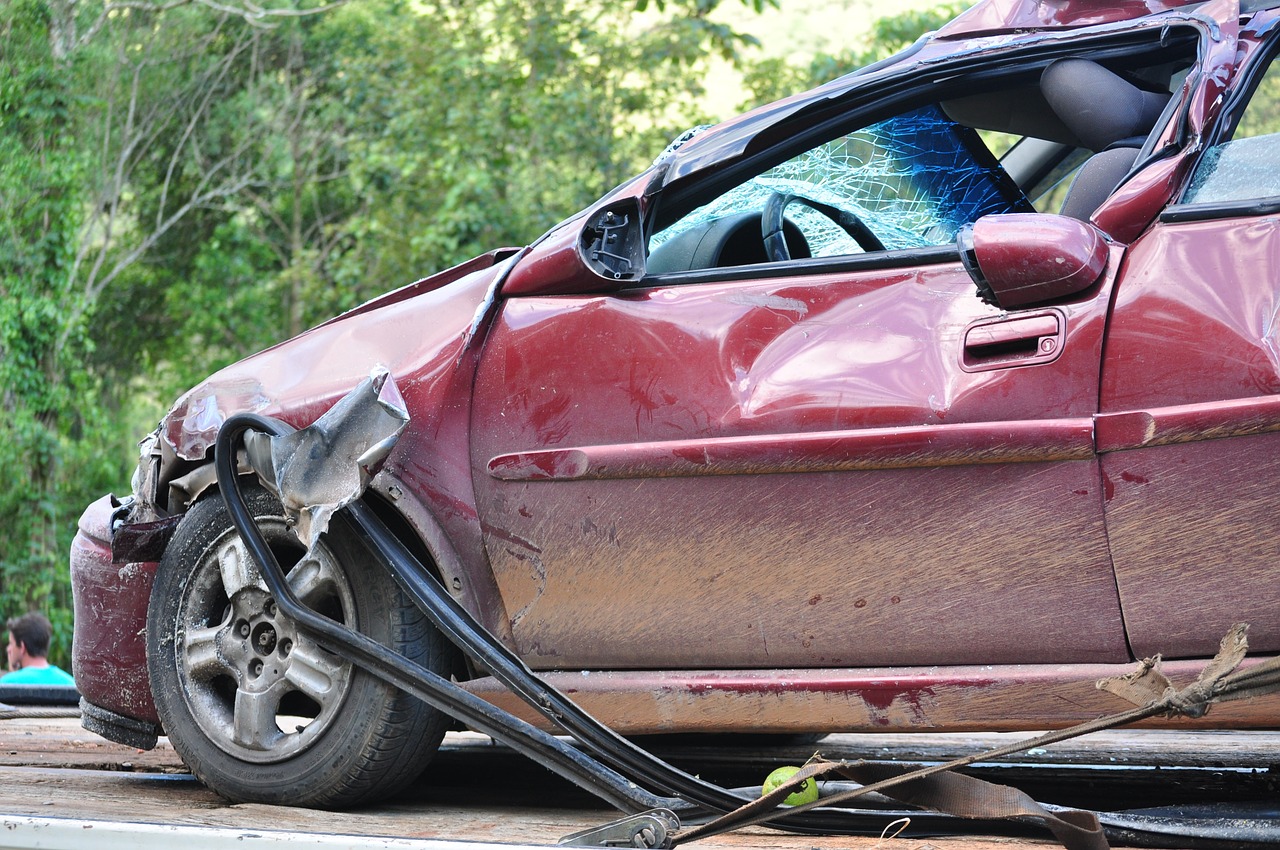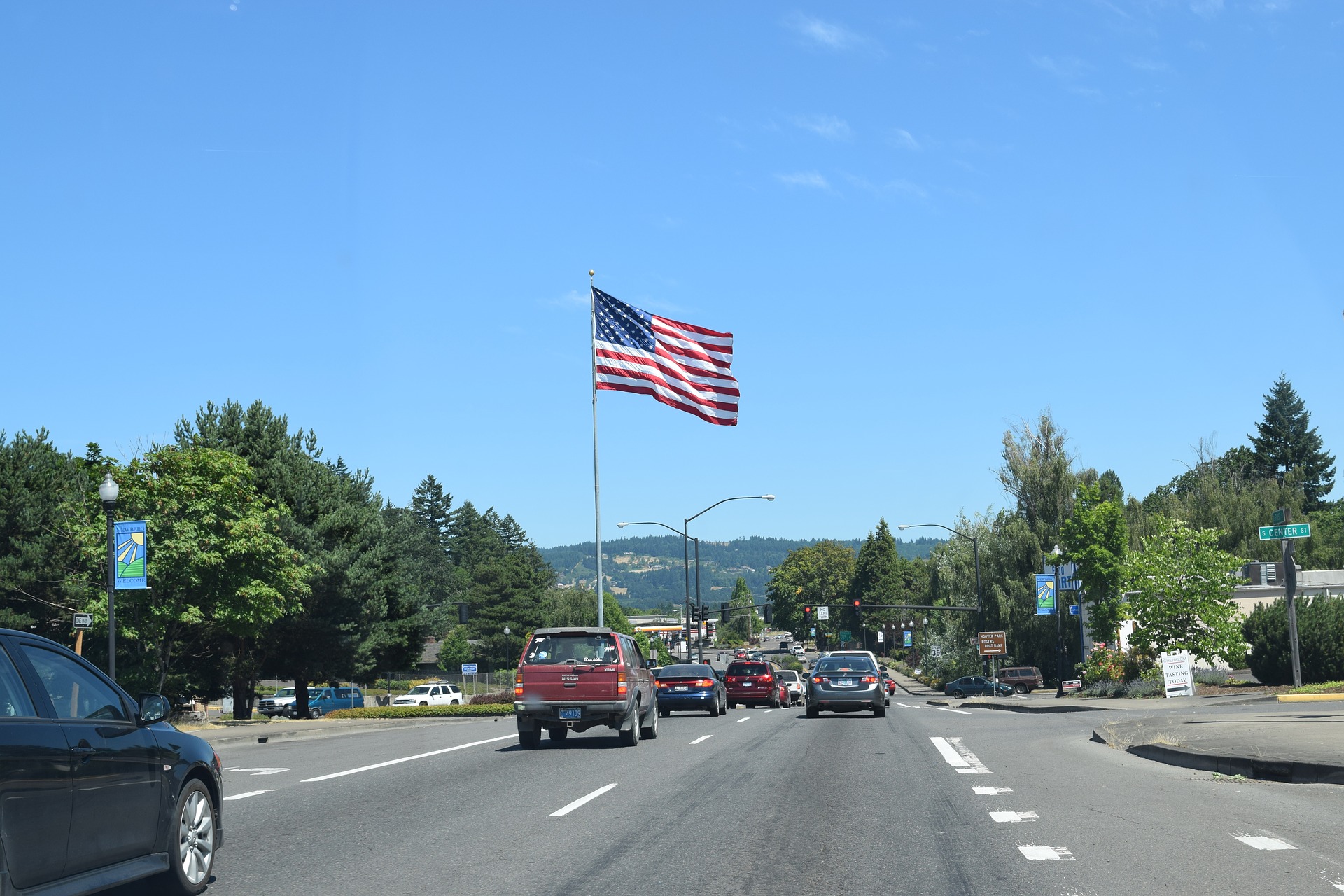Detroit is a city full of history and rich culture. Over the years, the Motor City has faced numerous trials and setbacks, but today there is a newfound excitement in Detroit. People are making their way back and investments are being made to revitalize the city. While Detroit is in the midst of a major comeback, some serious problems need to be addressed in order to continue the city’s upward development. One of the issues currently at the forefront is pedestrian safety.
From 2010-1016, Detroit had the, “highest per-capita pedestrian death rate… in the nation for large cities,” according to the Detroit Free Press. The Michigan Law Firm, PC discussed this alarming statistic earlier this month. Of the 139 square miles that make up Detroit, some areas pose a greater threat to pedestrians than others. Specifically, the Detroit Free Press identified three areas that have historically been more dangerous for pedestrians, including Gratiot, the west side of the city near 7 mile, 6 mile, and Greenfield, and Downtown Detroit.
In the Gratiot area, 8 pedestrians lost their lives within the, “half-mile stretch of Gratiot Avenue between Greiner Street and East 7 Mile Road.” Out of the 8 victims, 3 were women and 5 were men. The youngest to die in a pedestrian car crash on Gratiot was 14 years old and the oldest was 82 years old. The 5 men killed were between 21 and 60 years of age.
On the west side of Detroit, a total of 13 pedestrian fatalities took place approximately around, “West 7 Mile Road, Ferguson Street, Florence Street, and Lauder Street.” Over half of the lives lost in this “hot spot” were women. The male and female pedestrian car crash fatality victims were between the ages of 25 and 71.
Not surprisingly, Downtown Detroit has been dangerous for bicyclists in addition to pedestrians. In a period of 8 years, 7 pedestrian fatalities occurred within, “1-square-mile...in the heart of the city on Woodward just north of Campus Martius.” Once again there was a wide age range amongst the pedestrians killed, with the the oldest, and also the only female, pedestrian killed being 90 years old, and the youngest pedestrian killed being a 21 year old male.
In order to understand and prevent future pedestrian car accidents, it’s essential to recognize the similarities that these pedestrian fatalities share. First, alcohol did not a play a role in any of the 28 pedestrian accident fatalities, which means that the very serious problem of drunk driving did not contribute to these Detroit pedestrian deaths. Additionally, 22 out of the 28 pedestrian deaths, or more than 75% of the pedestrian fatalities, took place during nighttime hours when the city was dark. The fact that so many pedestrian car crash deaths happened in the dark leads to the theory that pedestrian fatalities are being caused by low visibility in Detroit streets, and not due to driver negligence by drunk driving or drugged driving. These pedestrian car accidents may have actually been accidents, that the at fault drivers couldn’t prevent. Although Detroit has added 60,000 street lamps over the past few years, it appears that more lighting needs to be installed, particularly at these three deadly Detroit locations, to prevent pedestrian car accidents. Lastly, 18 out of the 28 pedestrian car accident fatalities occurred at a non-intersection location. This means that the existing crosswalks are not helping shield the high pedestrian death rate, and city officials must focus on implementing safer pedestrian infrastructure.
Many Detroiters walk or ride their bikes to get around the city on a daily basis. These pedestrians should be able to get to their destinations safely and conveniently, without having to take risks that could result in a fatal car accident. As Detroit comes back stronger than ever, the city’s residents and tourists need to feel safe. Lowering the pedestrian death rate is one step towards a safer and more prosperous Detroit.
While the pedestrian death rate in Detroit is particularly high, pedestrian accidents can occur anywhere and at anytime. Drivers should remain alert when behind the wheel and actively scan the road for pedestrians, as well as any traffic obstacles. The Michigan Law Firm, PC understands how difficult dealing with pedestrian car accident lawsuits can be without even factoring in the severity of recovering from pedestrian car accidents injuries. Our experienced accident attorneys handle serious injury cases throughout the State of Michigan and can help victims of pedestrian accidents recover any benefits they may be entitled to under Michigan law. For a free legal consultation, call us today at 844.4MI.FIRM.


















